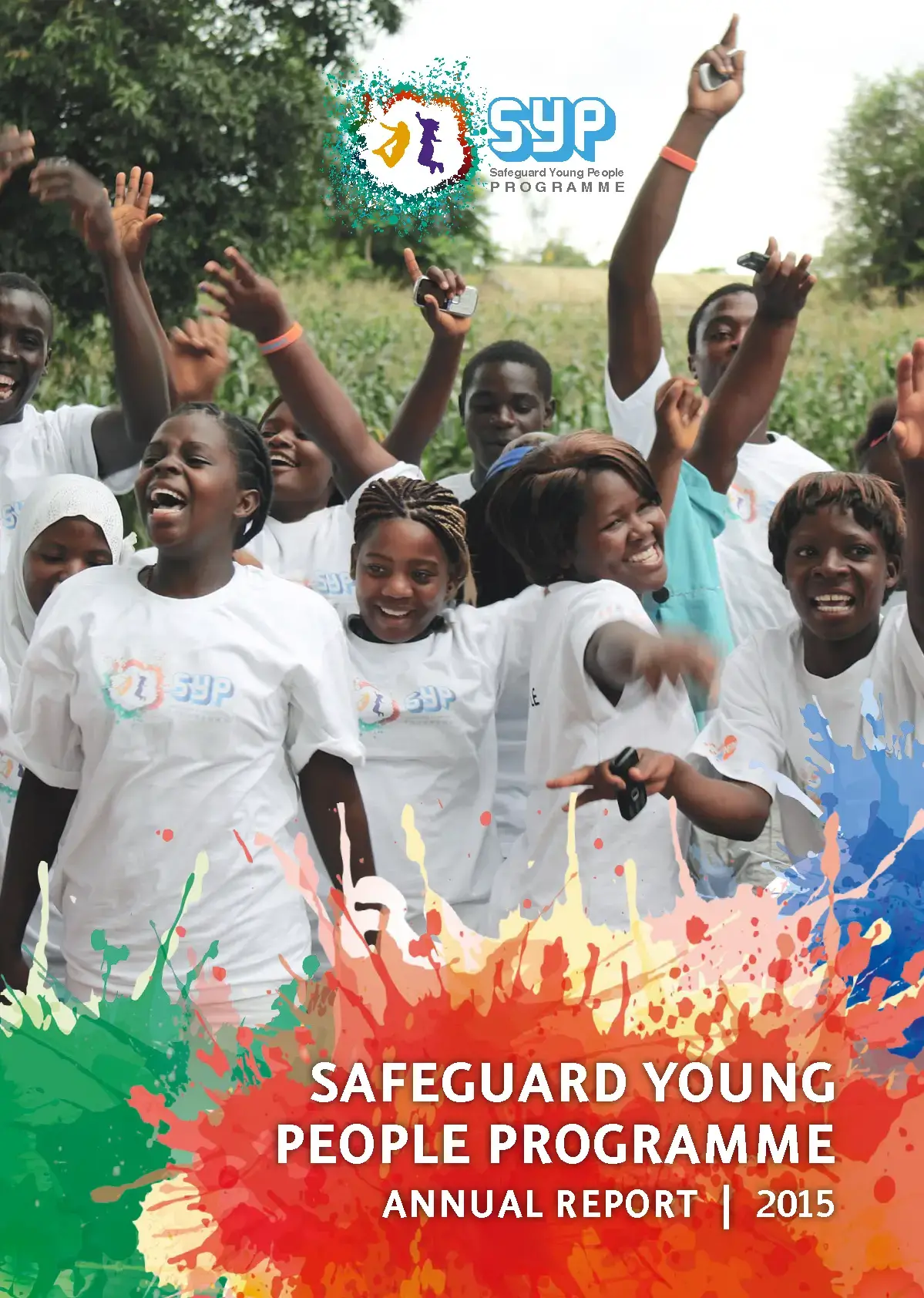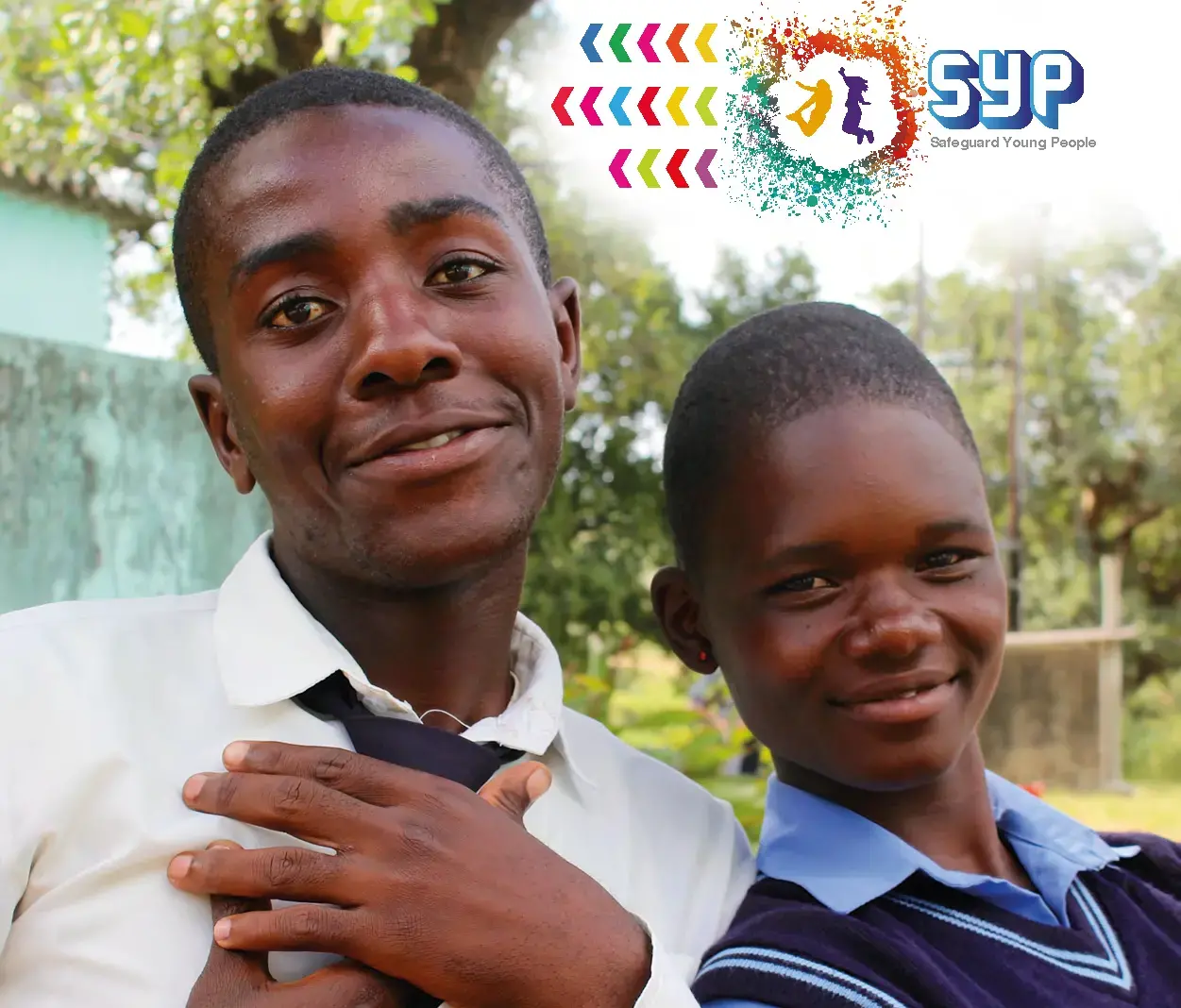Blog by Dr. Julitta Onabanjo, Regional Director
With a broad smile and confident stride, she looks forward to a future of discovery and opportunities. She is only ten years old.
It has not yet occurred to her that in the near future, she may be made to feel self-conscious because of her maturing body, or forced to miss school because she has started her periods.
It is almost inconceivable that her parents might be planning to marry her off to a man three times her age, forcing her to drop out of school – and even more scary, to begin a family while still only a child.
More implausible yet is the possibility of contracting HIV and falling pregnant after being sexually assaulted.
These potential scenarios are far from our ten-year-old girl’s mind. Yet, if her human rights and her sexual and reproductive health are not protected, respected and provided for, any one of them could become her tragic reality.
It is for this ten-year-old – and for all women and girls – that UNFPA has committed to ensuring three transformative results by 2030, guided by the International Conference on Population and Development (ICPD) Programme of Action and the Sustainable Development Agenda.
We come to work every day promising to end preventable maternal death, to end unmet need for family planning, and to end gender-based violence (GBV) and all harmful practices against women and girls. UNFPA in the East and Southern Africa region is also committed to ending sexually transmitted HIV infections.
These are the commitments that I have strived to address as Regional Director for UNFPA East and Southern Africa. As my tenure in this role comes to an end, I look back with gratitude when seeing how much progress has been made in the region towards achieving these results.
For instance, four in ten women in East and Southern Africa (ESA) use a modern family planning method compared to around three in ten women in 2010. And as young people begin to benefit from youth-friendly health services, including access to a broad range of modern contraception options, the region has recorded a significant decline of 40 per cent in its adolescent birth rate.
Maternal deaths have reduced by nearly 50 per cent since 2000, thanks to greater access to emergency obstetric care, antenatal services, safe delivery and postnatal care through the Campaign on Accelerated Reduction of Maternal Mortality in Africa (CARMMA), and the Preventing Maternal Deaths in East and Southern Africa (PreMDESA) programme.
Today, more than 60 per cent of all births in the region are assisted by skilled health personnel, compared to 40 per cent in 1990. We can attribute this progress to better trained midwives providing higher quality, integrated health care. However, an estimated 77,000 women still die annually in the region due to complications of pregnancy and childbirth. Although this might be a slight decrease from the 2015 estimate of 85,000 we know that, in this day and age, no woman should die while giving life.
The 2gether4SRHR programme has boosted our response to HIV and gender-based violence (GBV) by integrating HIV, GBV, and sexual and reproductive health and rights (SRHR) policies and services as part of national health systems strengthening. This integrated approach has ensured SRHR for women and young people and improved the efficiency and effectiveness of health service delivery.
Perhaps most notably, new HIV infections in the region decreased by 43 per cent between 2010 and 2020, and there were 50 per cent fewer AIDS-related deaths in 2020 than in 2010.
While these results demonstrate good progress, it cannot stop there. Many hurdles remain to achieving the promise of the ICPD goals. We have so much more work to do till all these metrics reach zero!
For example, Africa accounts for 66 per cent of all maternal deaths globally. At least a third of teenage pregnancies are unintended – often attributed to the limited or interrupted supplies of contraceptives or the inability to access reproductive health services. Nearly a third of women in East and Southern Africa have experienced either physical or sexual violence. Funding for SRHR appears unpredictable and insufficient to meet current needs in most countries, while conflict and humanitarian crises continue to hinder progress.
These obstacles are compounded by the impact of the COVID-19 pandemic on essential health service delivery, including sexual and reproductive health care.
We must accelerate our progress if countries in East and Southern Africa are to achieve the ‘three-plus-one’ transformative results by 2030. But this acceleration will not happen without stepping up political commitment at all levels, even in the face of ongoing crises, and filling the estimated US$ 264 billion global gap in resources needed to attain the transformative results.
As United Nations Secretary-General Antonio Guterres rightly says, "Women and girls with better reproductive health and education have better chances in life. They earn higher salaries. They invest more in the health of their children. Investments now pay dividends for generations."
In 2016, the UNFPA State of the World Population Report focused on our collective promise to stand firmly by every ten-year-old girl in our region, to enable her to claim her rights and to make her own choices, and to help her determine throughout her life what happens to her body. Our collective future depends on how we support girls, year after year, on their journey from adolescence to adulthood.
Now, more than ever in this Decade of Action, and as we face extraordinary socio-economic challenges due to the COVID-19 pandemic, we need to do our utmost to finish the unfinished business of the ICPD Programme of Action.
I am thankful for and proud of our partnerships with governments, donors, regional bodies, parliamentarians, civil society, women’s groups, young people, and UN agencies, because progress requires us to work together. I am also grateful for the collaborative efforts of many individuals – from health-care workers to teachers, parents, mentors and young people – who have acted on these initiatives in their professional and personal capacities to advance SRHR in the region.
We must keep our feet firmly on the road to 2030. We must continue to march until we fulfil the promise of sexual and reproductive health and rights for everyone, everywhere. We must do this for our ten-year-old girls.



